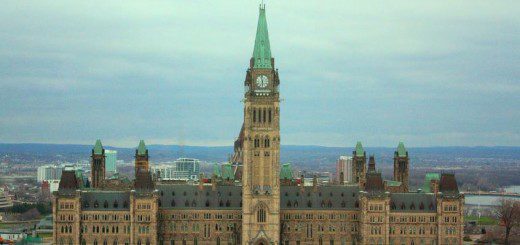We all feel shaken by traumatic events, but in most cases, if we acknowledge our symptoms, they will soon fade away. Talking about them helps.
By Cliff Lonsdale, Covering Violence and Trauma Editor
Last weekend, the Canadian Journalism Forum on Violence and Trauma ran a Journalists & Risk workshop for journalism students at Western University in London, Ont. These workshops focus on dealing with the tough physical and emotional realities of journalism, at home and abroad.
Most students indicated on a feedback survey that they got a lot out of it. We also surveyed those who did not attend. One of the first to respond ticked as the reason: “I don’t think I have to worry about safety in the kind of work I expect to do.”
Days later came the Ottawa attacks, in which many journalists who probably held similar opinions found themselves, without warning, perilously close to the line of fire—both physically and emotionally. Increasingly, modern conflicts refuse to conform to the historical model that allowed such complacency.
Undergoing hazardous environment and basic risk-awareness training makes as much sense for domestic journalists as it does for those covering foreign wars, as Wednesday’s events in Ottawa demonstrate. Just spending some time in advance thinking about what to do when trouble breaks out can go a long way towards keeping us relatively calm and helping us to do our jobs, without getting hurt.
Of course, the shock of finding oneself in imminent and unexpected danger takes its toll. And events that put the journalist’s own life in peril are particularly upsetting. But there’s good news on two fronts. We’re all human and we all feel shaken by traumatic events, but in most cases, if we acknowledge our symptoms, they will soon fade away. Talking about them helps, and it can help colleagues who might be suffering in silence to see that there is no shame in having normal human reactions.
Symptoms have to persist for a month before we start calling them PTSD. That’s the post part of Post-Traumatic Stress Disorder. And even if the symptoms persist, there are effective treatments. No one should hesitate to seek help, as Dr. Anthony Feinstein, the Toronto-based leading expert in such disorders among veteran war correspondents and others told the Western journalism students in our workshop.
News everywhere has a significant proportion of nasty events that journalists have to deal with, from car crashes to fires in retirement homes to a gunman loose on Parliament Hill. The day these things stop affecting us personally is, perhaps, the day we should consider another line of work. Doing what we can to prepare ourselves may not be the traditional way of approaching journalism, but how’s that been working out?
Cliff Lonsdale is the president of the Canadian Journalism Forum on Violence and Trauma.

